National Park Service turns 106. Here’s how to celebrate in L.A.
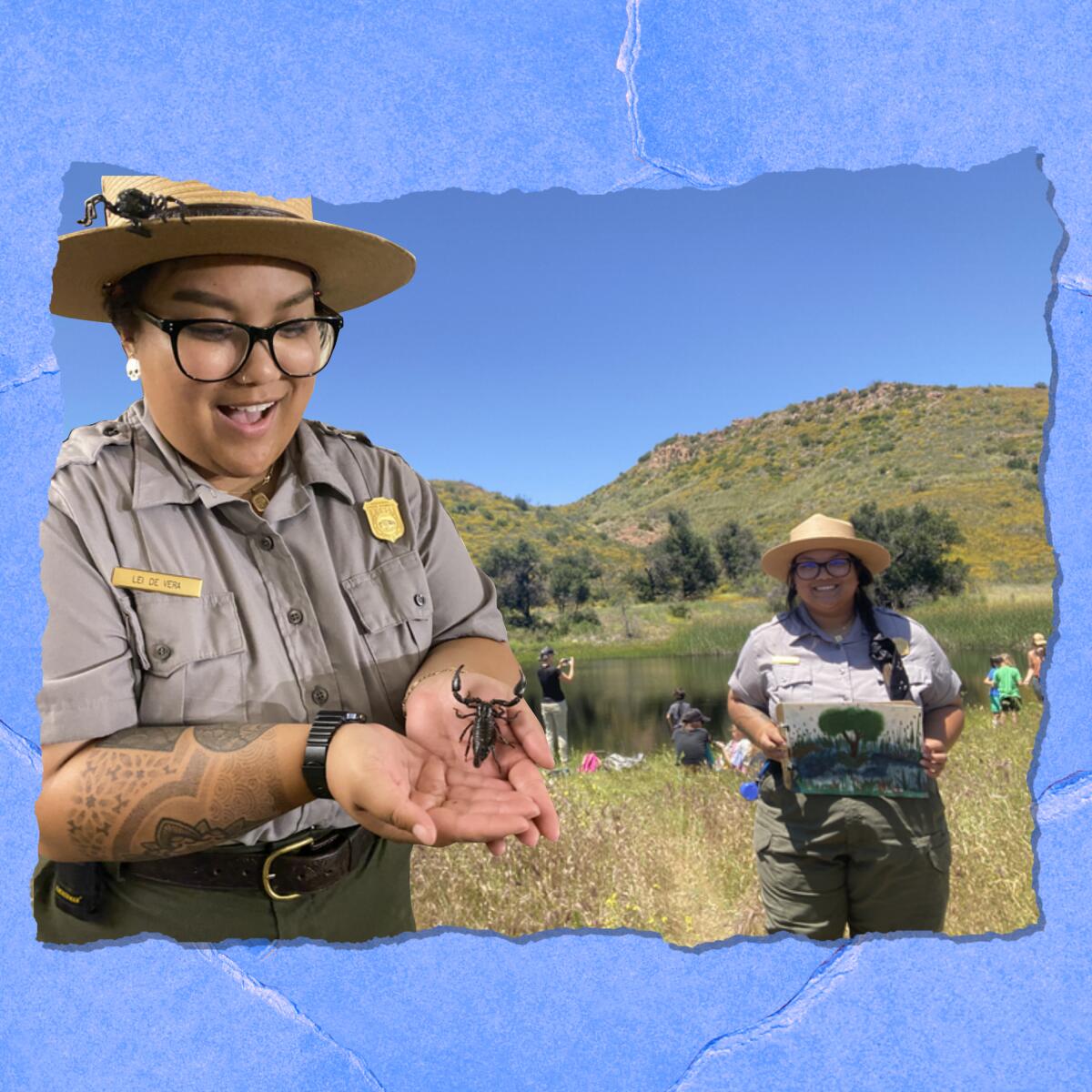
- Share via
Today I’m celebrating a birthday: The National Park Service turns 106. On Aug. 25, 1916, President Woodrow Wilson created the agency by signing the Organic Act, and since then, it has aimed to conserve our beautiful land and educate the many visitors who enjoy it (there were more than 297 million visits to the 423 parks in 2021).
Yosemite and Sequoia are a couple of the most legendary NPS-managed locales in the state, but the agency actually safeguards 28 unique units in California.
Get The Wild newsletter.
The essential weekly guide to enjoying the outdoors in Southern California. Insider tips on the best of our beaches, trails, parks, deserts, forests and mountains.
You may occasionally receive promotional content from the Los Angeles Times.
This weekend, why not opt for a hometown adventure at one of those locations: the Santa Monica Mountains National Recreation Area. Encompassing over 150,000 acres across Los Angeles and Ventura counties (and the area is still growing), SMMNRA is the country’s largest urban national park.
This week, I visited the Anthony C. Beilenson Interagency Visitor Center at King Gillette Ranch in Calabasas, where I was once briefly a park ranger. I got to chat with Leiann (Lei) De Vera, an interpretation, VIP program and education park guide who has worked at the park for six years and supported a variety of programs (restoration work as well as nature journaling and the park’s first Asian American Pacific Islander Native Hawaiian Heritage Day Event).
She shared with me her top three NPS-managed spots to enjoy.
1. Rocky Oaks
“Rocky Oaks is my favorite hidden gem,” said De Vera as we perched under a giant oak. “It’s just off Mulholland, but it’s one of the more serene and calm park units, with fewer visitors.” She has conducted nature journaling programs here with kids and particularly loves the variety of plant communities, the quaint seasonal pond (once a watering hole for ranch cattle, now a haven for local fauna) and the valley oaks that dominate the terrain.
Explore the nearly 200-acre park’s grove of towering arbors via its small trail system totaling just under two miles.
2. Circle X Ranch
No trip to the Santa Monica Mountains National Recreation Area is complete without a stop at Circle X Ranch. Situated in the canyons above Malibu and below prominent Boney Mountain, this former Boy Scout camp offers multiple adventures through classic chaparral environments with singular vistas and landmarks, including the park’s apex — Sandstone Peak. “This summit is the only reason we are called the Santa Monica Mountains,” De Vera said. “The Santa Monica Hills just doesn’t sound as good.”
The trek to the peak is a stunning workout with panoramic views. The Mishe Mokwa loop is a six-mile highlight reel hike, but De Vera recommends the three-mile (out and back) Sandstone Peak Trail for those short on time, which is part of the recently completed 67-mile Backbone Trail.
3. Rancho Sierra Vista
“You can hike to a waterfall, hike up a mountain, or hike down to the Pacific Ocean,” De Vera said. She was gushing about the numerous natural destinations you can reach from Rancho Sierra Vista. This area is home to the Satwiwa Native American Indian Culture Center, where a Native American guest host or a park ranger is on hand to answer questions from 9 a.m. to 4 p.m. Saturdays and Sundays. De Vera also notes the uniqueness of Satwiwa, which highlights Indigenous communities across the U.S., not just the local Chumash, and “gives all members a chance to express themselves and showcase their culture” at programs throughout the year.
For an epic journey, hike or bike the eight-mile (one way) Big Sycamore Canyon Trail all the way to the ocean in Point Mugu State Park (make sure to plan accordingly with a pickup spot or enough energy to climb back up). This trek has history for De Vera, who saw her first mountain lion tracks off the trail, freshly pressed in the mud. She reminds visitors to watch out for ticks — she collected 15 of them here.
As I was wrapping up my visit with De Vera, she asked me: “Did you know Peter Strauss Ranch has remnants of Lake Enchanto, which was an old competitor to Disneyland?” The lake had once been an amusement park with rides, an amphitheater and boat rentals.
That’s when it hit me. Like Disneyland, the Santa Monica Mountains National Recreation Area is more than a park, and it’s more than a Mediterranean ecosystem. It has its own magic, with natural, historical and cultural wonders. And this weekend, it’s a great place to celebrate those who make it special.
Our daily news podcast
If you’re a fan of this newsletter, you’ll love our daily podcast “The Times,” hosted every weekday by columnist Gustavo Arellano, along with reporters from across our newsroom. Go beyond the headlines. Download and listen on our App, subscribe on Apple Podcasts and follow on Spotify.
4 things to do this week
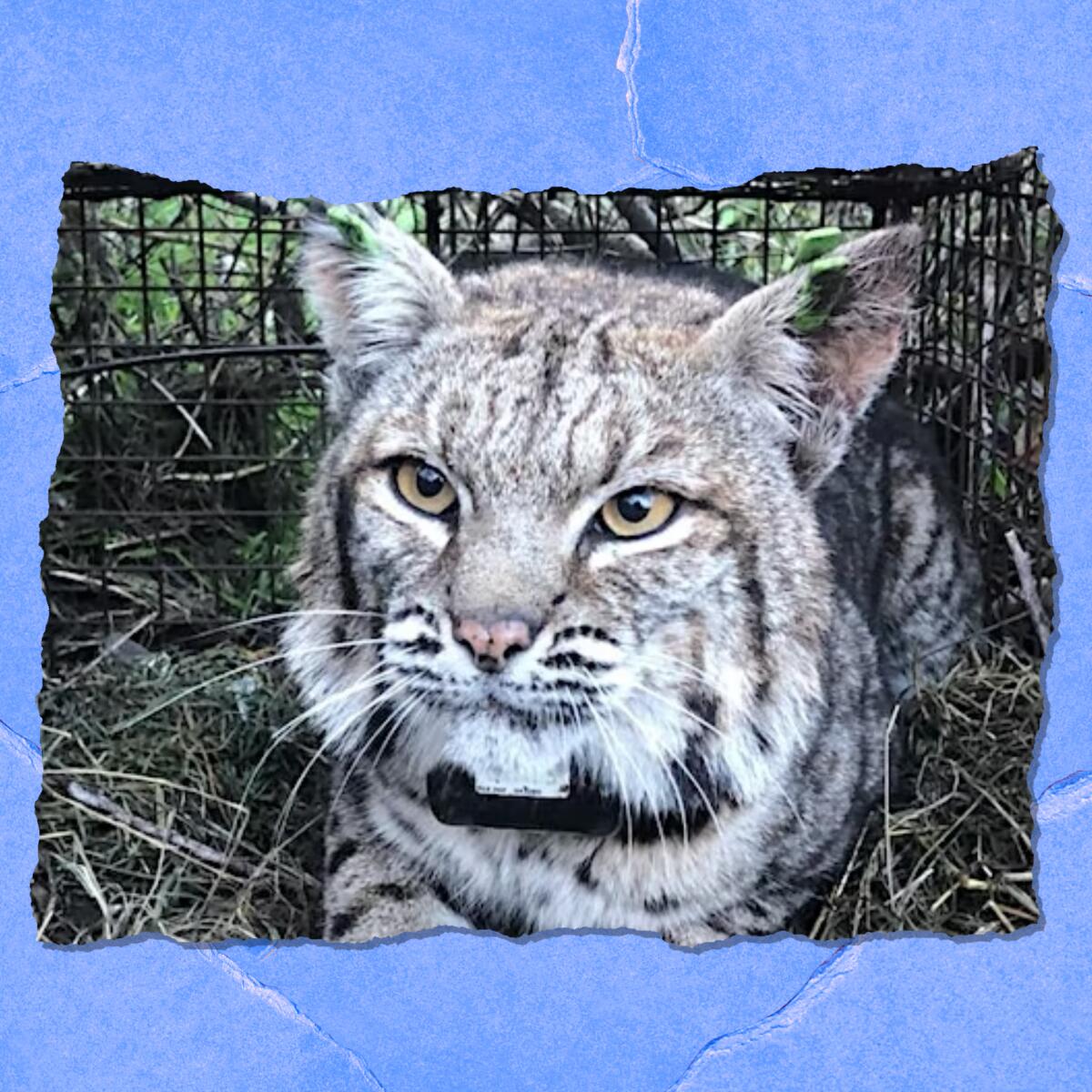
1. Discover the mammals of the Santa Monica Mountains with NPS rangers at King Gillette Ranch. Specifically, discover the reasons why resident mammals display particular colors of fur, Sunday from 9:30 to 11 a.m. at the Santa Monica Mountains Interagency Visitor Center. Register here. After the talk, explore the interpretive displays inside and consider doing the easy 1.5-mile Inspiration Loop around the ranch grounds.
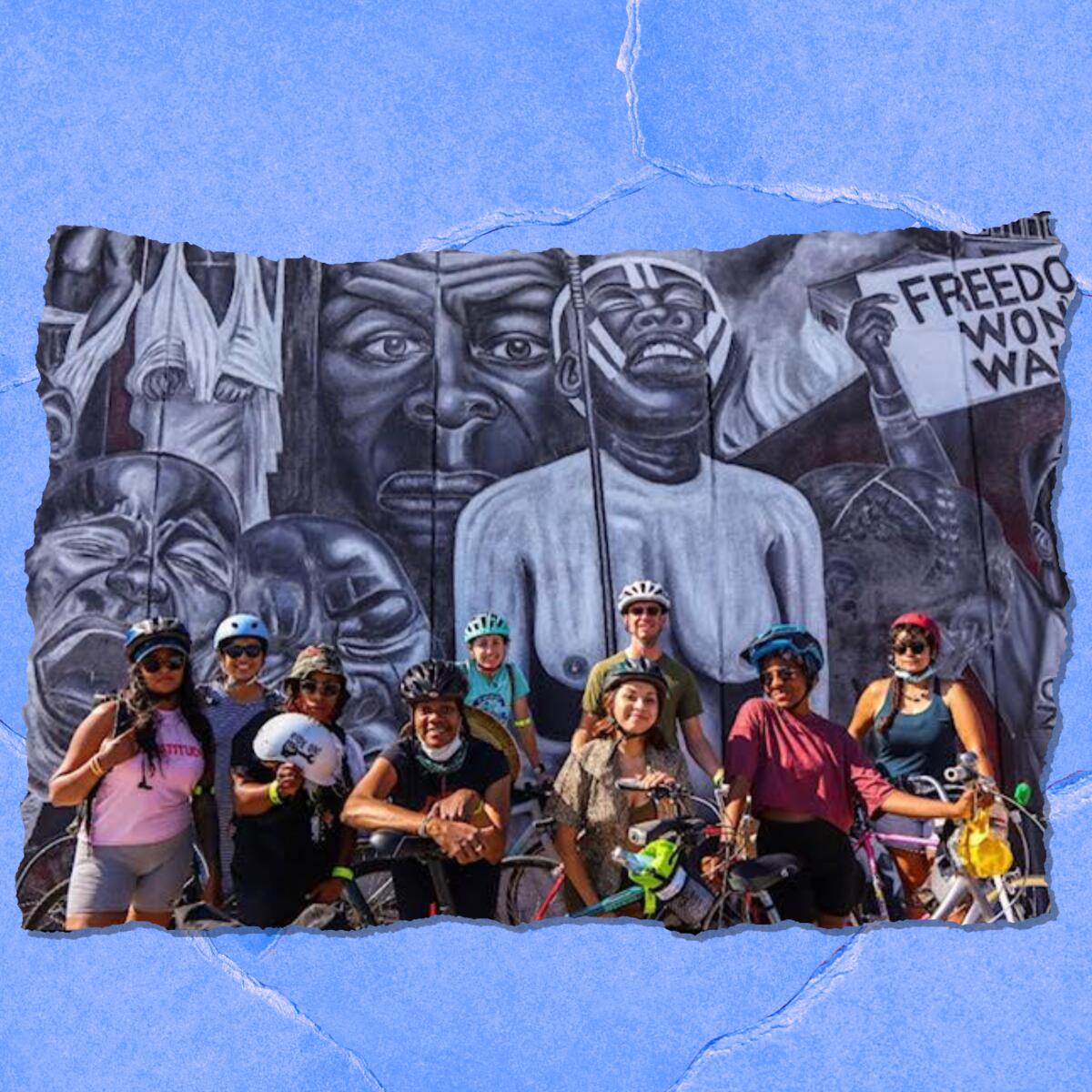
2. Join a fun and educational bike ride from Leimert Park to DTLA with People for Mobility Justice. Presented by Metro’s Bicycle Education Safety Training Program, the journey begins Friday at 5:30 p.m. at South L.A.’s Africa Town and ends at around 7:30 p.m. at the downtown memorial of Biddy Mason, where an 81-foot concrete wall chronicles her life — born a slave, she ended her days as a “wealthy landowner, a noted philanthropist and a key founder of the first African American Church in Los Angeles.” Starting at the Ride On! Bike Shop/Co-op, the 6.5-mile ride honors her legacy and also makes stops at local vendors. Register here.

3. Learn how to deal with drought with the L.A. Sanitation and Environment team. Water-saving practices are more important than ever with the ongoing drought and upcoming restrictions. Fortunately, the specialists at the Lopez Canyon Environmental Center in Sylmar will be discussing this very topic at their monthly Home Composting and Urban Gardening Workshop on Saturday from 9 to 11 a.m. Registration is required. Free compost and mulch will be available.
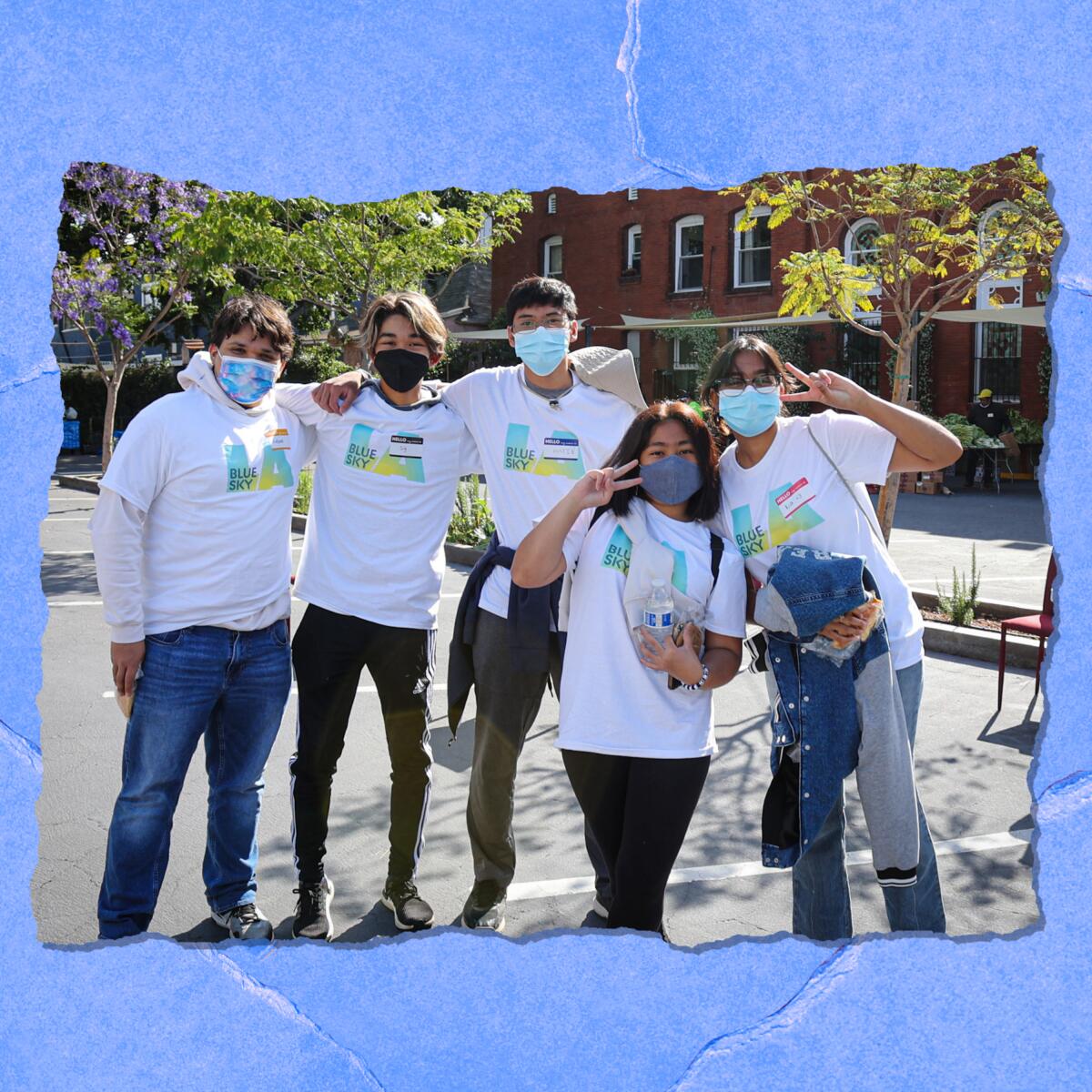
4. Support a tree planting project at George Washington Carver Middle School’s garden. Ready to get your hands dirty? On Saturday, head to the South L.A. middle school to help plant trees in its garden from 8:30 a.m. to noon (sign up here). You’ll be joining a collaboration of Blue Sky L.A., an initiative dedicated to community volunteer projects that reduce climate emissions and improve air quality, and Root Down L.A., a South L.A. group focused on empowering youth to “succeed through healthy food ventures.”
Hike of the week
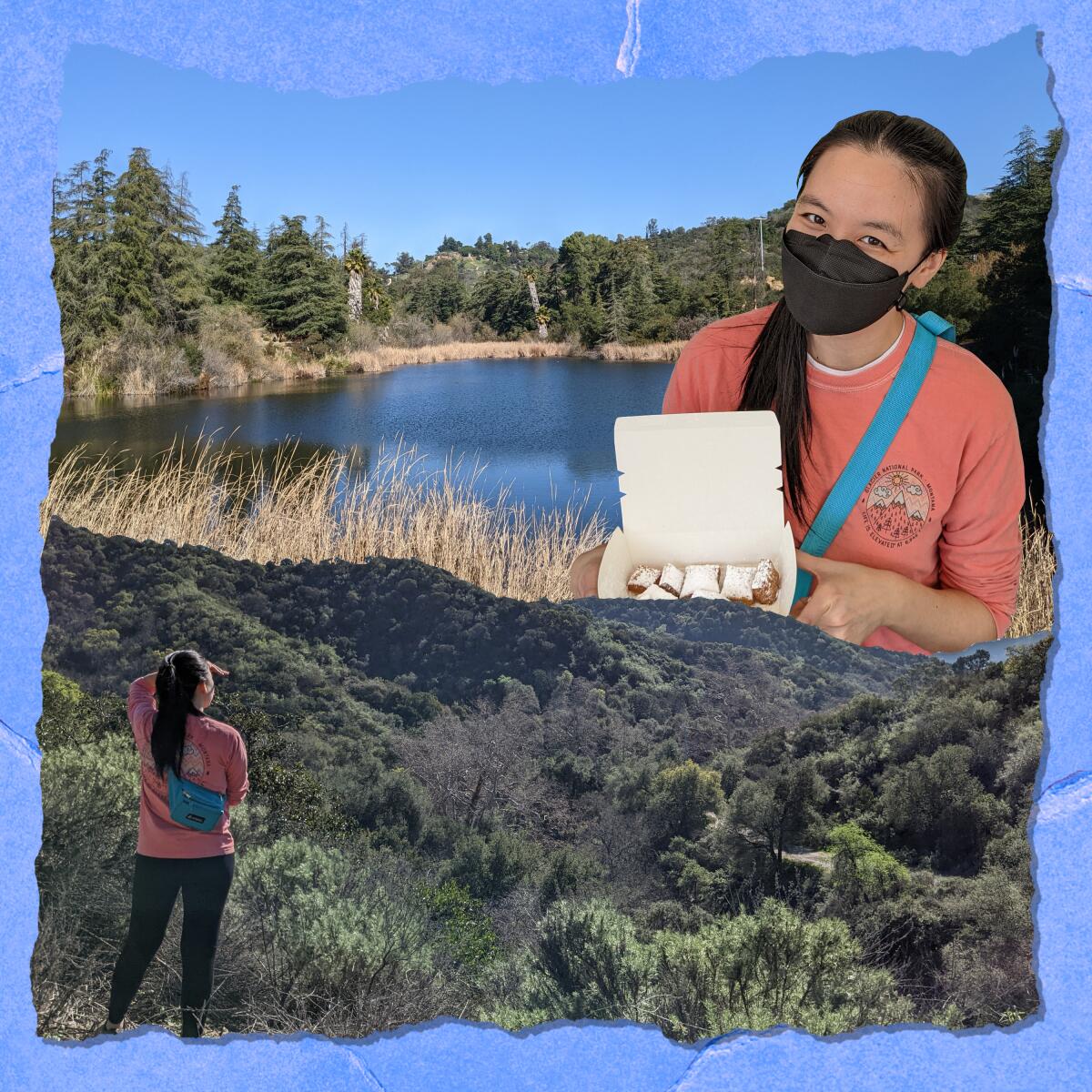
The Santa Monica Mountains National Recreation Area stretches all the way to Beverly Hills. Check out Franklin Canyon.
There are a multitude of little paths in its trail system, but to get the highlights, opt for a two-mile loop that explores the fairy-tale setting of the upper reservoir. Park at the Sooky Goldman Nature Center and head south under redwoods, palms, sycamores, pines and oaks on the Chernoff Trail, as you flank the serene body of water. The resident waterfowl and occasional footbridge add to the charm as you pass the southern edge of the reservoir and connect with the Ranch Trail, which connects you with Franklin Canyon Drive at the one-mile mark.
On your left, you’ll soon find a single-track path that is often overlooked — this takes you through a dense, aromatic collection of rosemary bushes, as well as gorgeous purple blooms of big-leaf periwinkle and the unique hanging red flowers of fuchsia-flowered gooseberries. The vistas of the canyon, the reservoir and a nearby small turtle pond (accessible via a steep spur trail) are the park’s best-kept secret.
The must-read
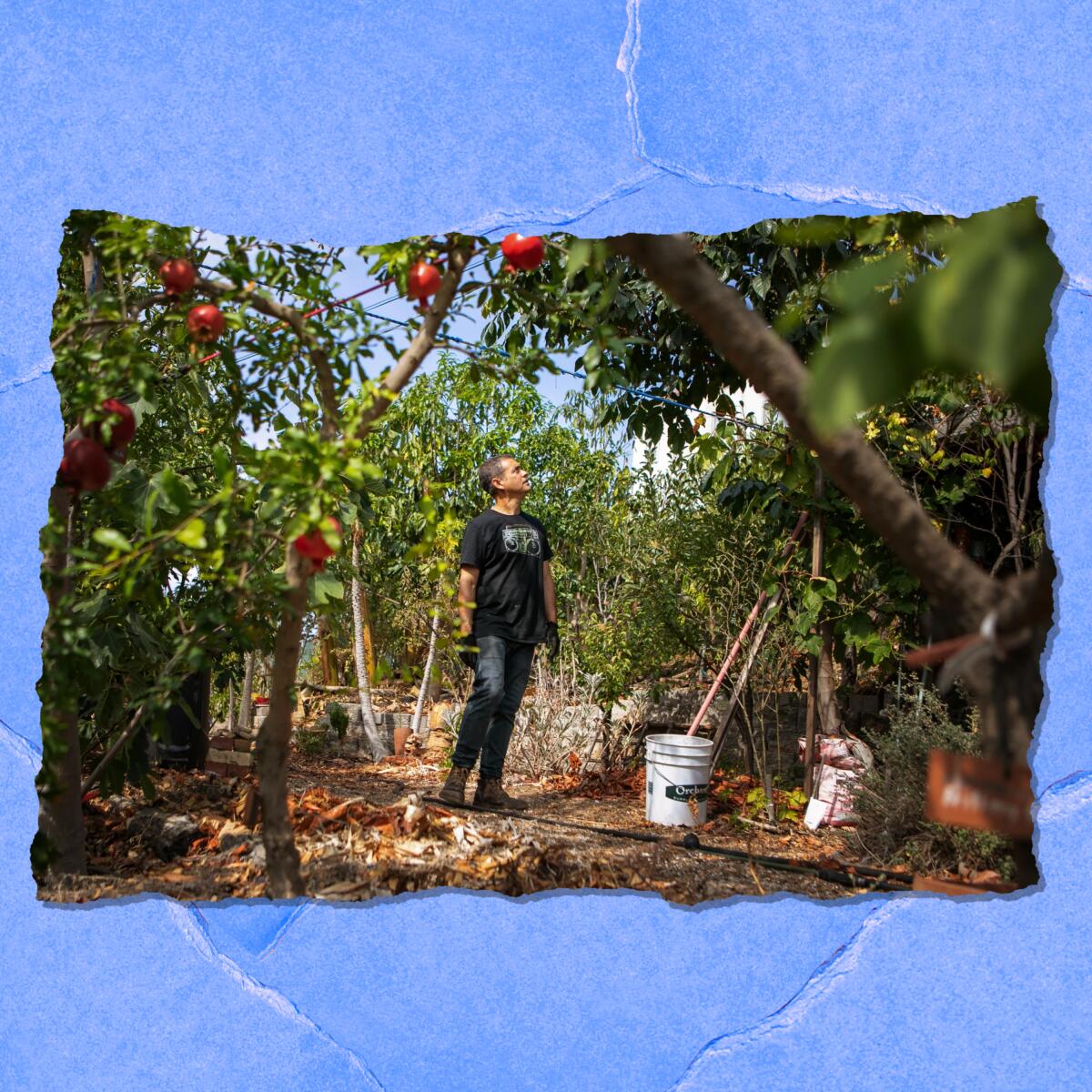
There are green thumbs, then there are evergreen thumbs. Artist, teacher and gardener-extraordinaire Jose Ramirez has definitely achieved timeless orchardist status with his Boyle Heights backyard “smorgasbord landscape of fruit,” writes Times reporter Jeanette Marantos. Ramirez shares how he transformed his once weed-filled yard into a low-water jungle with over 250 fruit trees, including apricots, avocados, pluots and papaya. Check out the story for some tips on creating your own efficient backyard orchard.
The red flag
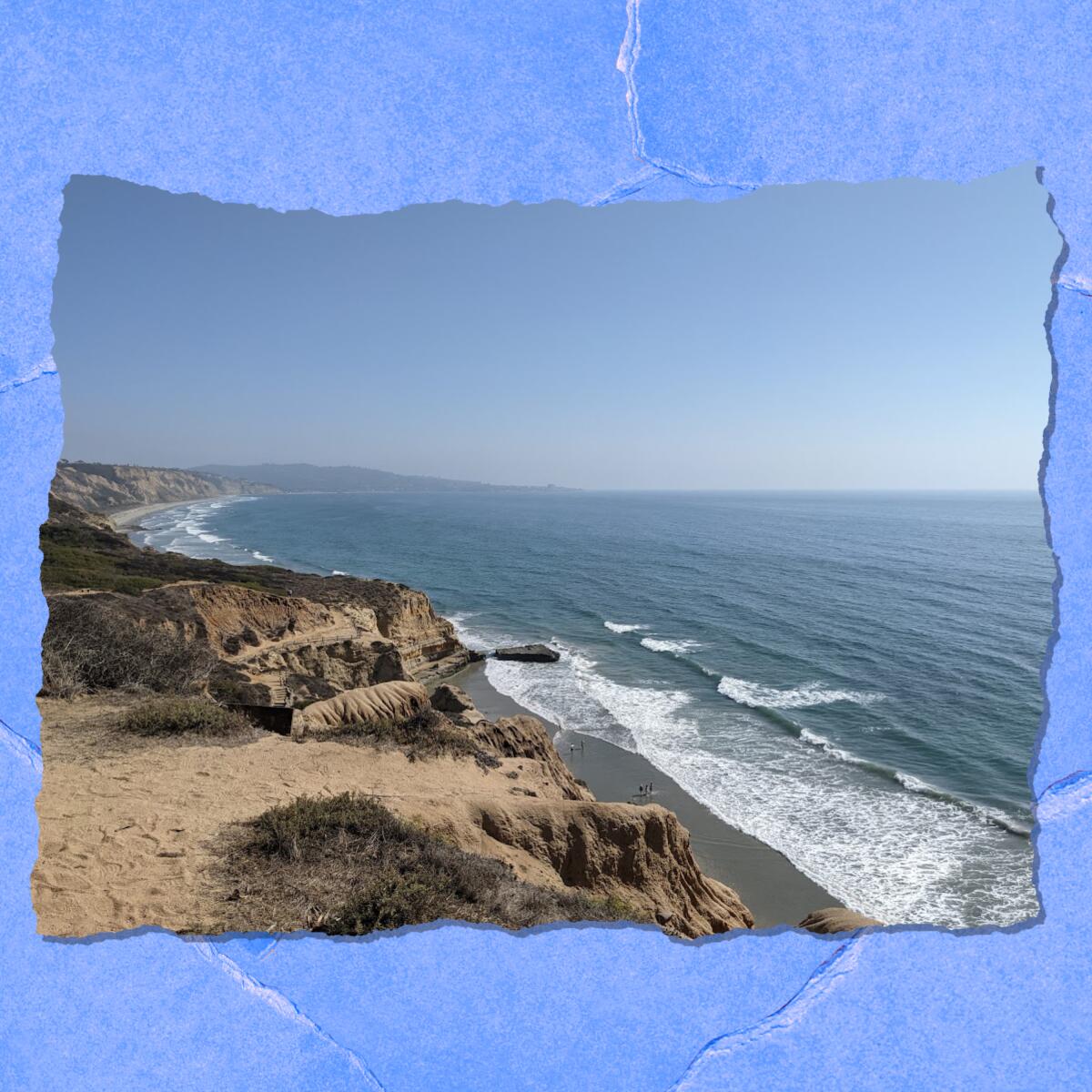
Coastal erosion — just another addition to California’s natural hazard handbook. Times writer Rosanna Xia recently highlighted a new map and study from UC San Diego’s Scripps Institution of Oceanography that “analyzed, for the first time with high-resolution data, every cliff along the state’s long and varied shoreline.” Unfortunately for residents of the area known as the Lost Coast, the erosion hot spots were identified at cliffs in the Eureka area, though the rest of California’s coast is far from safe. By the end of this century, SoCal cliffs could erode more than 130 feet due to rising sea levels. Maybe we stop building so close to the edge.
P.S.
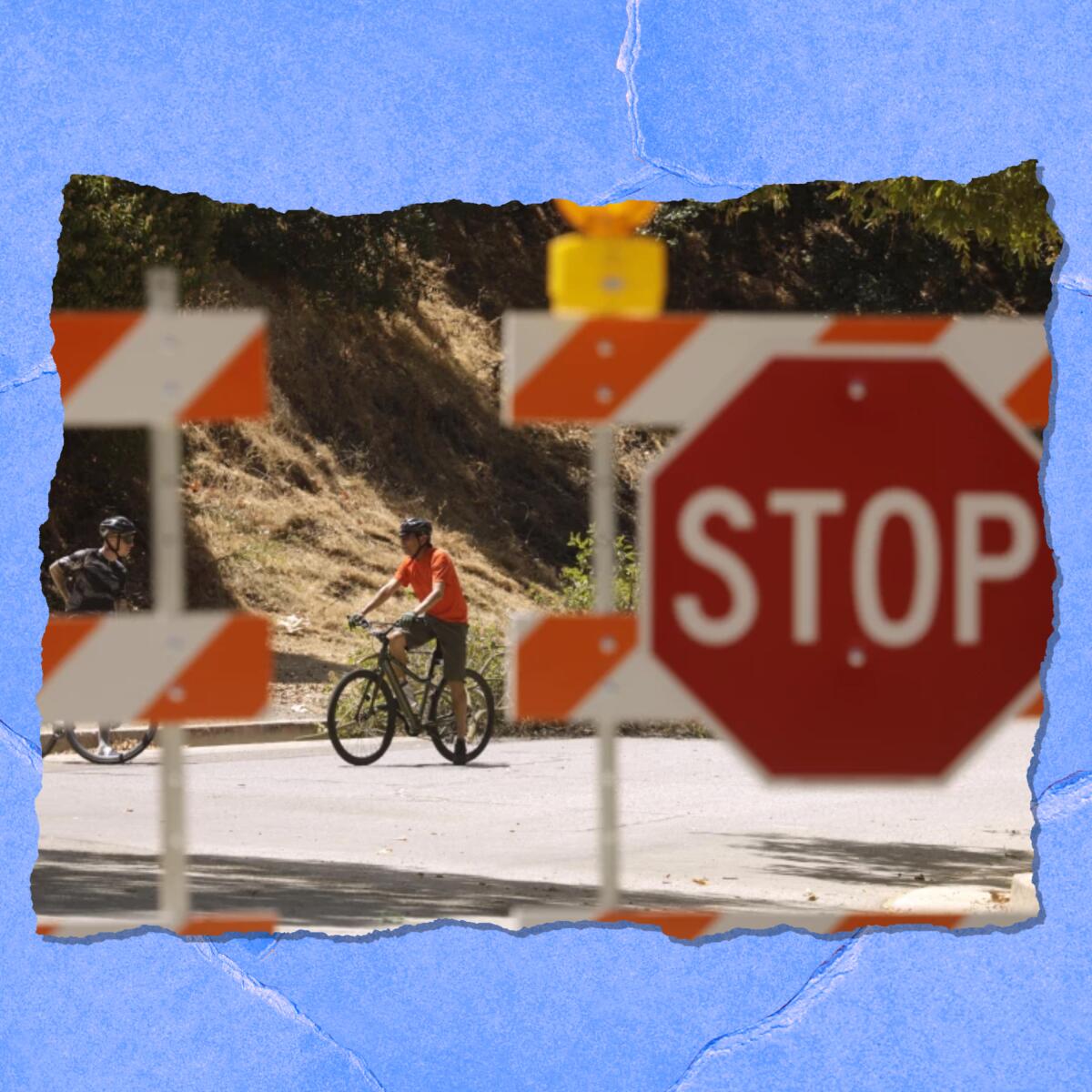
Just over a month ago, I wrote about kickoff celebration for the temporary closure of Griffith Park Drive to car traffic as a way to keep all park-goers safer. Now I’m happy to share the recent unanimous vote by city officials to make the ban permanent. As reported by Times writer Gregory Yee, L.A. City Councilmember Nithya Raman, whose district includes Griffith Park, praised the speed of the action and noted the “overwhelming support from the community.” Hopefully, this will lead to more transit improvements throughout the park.
For more insider tips on Southern California’s beaches, trails and parks, check out past editions of The Wild.
Sign up for The Wild
We’ll help you find the best places to hike, bike and run, as well as the perfect silent spots for meditation and yoga.
You may occasionally receive promotional content from the Los Angeles Times.




